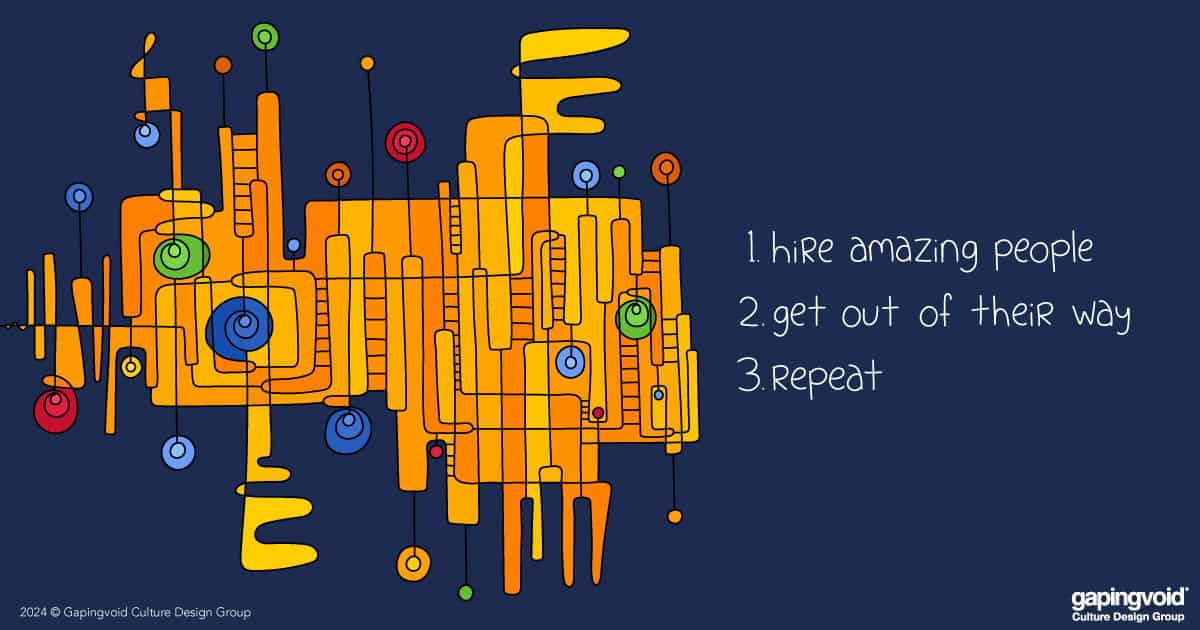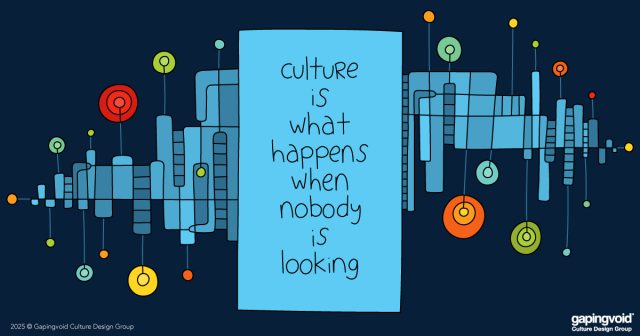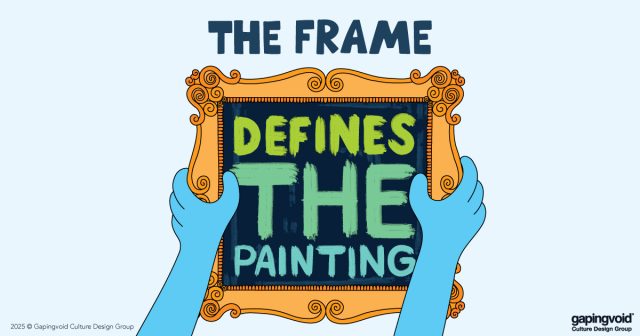
Bernard Arnault didn’t just build LVMH, he created new rules for luxury.
Most stories are about the deals – how he acquired Christian Dior, Moet & Chandon, Hennessy, and Louis Vuitton. But that’s not where the magic happened. It was in what he didn’t do.
While a lot of other luxury brands were diluting their value with mass-market plays, Arnault had an insight: if someone wants a handmade $5,000 Louis Vuitton bag, they want exactly that – not a $500 bag pretending to be something it’s not.
So he kept it real. He let craftspeople craft. Designers design. Creatives create.
Each fashion house was run separately as independent fiefdoms with real autonomy. It wasn’t about just slapping different labels on the same stuff being made in the same factory. The houses all had complete creative and quality control. While Gucci was licensing its name to thousands until people couldn’t tell real from fake, LVMH kept the design and craft intimate and its standards impossibly high.
The economies of scale came from things like real-estate deals, advertising, and retail partnerships with brands like Nordstrom’s and Duty Free shops, and big publishers like Conde Nast.
He built a culture where the best wanted to work – not only because of the fancy name on the door, but because they could do their best work inside.
In an industry where you typically had to wait for the person above you to retire, LVMH created paths up and sideways.
Even his kids had to earn their spots. As Acquired highlights, even his son Alexandre earned a computer science degree, worked at McKinsey, then KKR before going into the family business.
The lesson in all this? Sometimes the best leadership is knowing when to get out of the way.




Arnault knew when to step back and let the experts shine. What do you think—could less interference lead to more success?